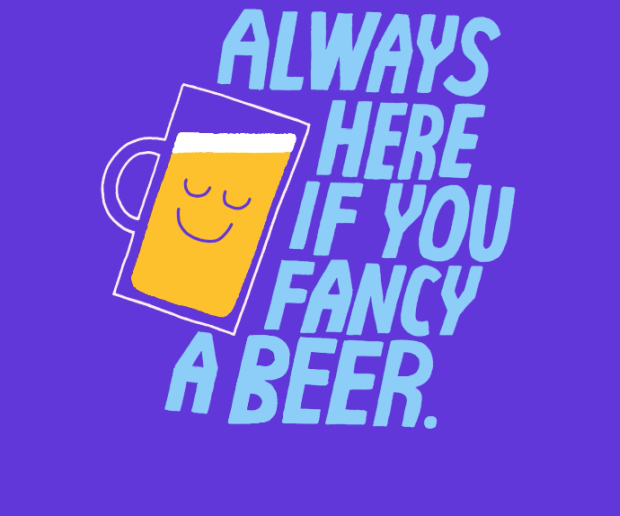
A Guide to Developing as an Illustrator

As an illustrator, there will inevitably come a time in your career when you ask yourself “do I need an agent?”
There are many things to consider around this. Firstly, are you actually ready for one? How will your work hold out next to the myriad of other artists and styles on that agency’s books? Secondly, how do you go about getting an agent that’s right for you and how do you make sure your work stands out from the other hundreds of emails that will undoubtedly be filling the agency’s inbox? How do you develop your illustration style? How do you figure out your ‘niche’?
Nicki Field, head of illustration at Jelly has shared with us her answers and advice on all of the above and more.
How to know when you’re ready for an agent?
There are many reasons that artists will seek an agent. I would recommend that when beginning your search for an agent, you have to be really clear about why you want one. That way you will make sure you get the best out of the relationship and make sure you find the right fit. For example, do you already have a steady stream of clients and you’re looking mostly for support with project management and admin? Or, is your main need gaining access to a wider pool of clients / wider promotion? Or would you like to be a part of a team rather than working so solo? Maybe you would like someone to help develop your work? Perhaps it’s a combination of all these things, but being clear about what you’re looking for will really help your decision making.
This is a question we always ask artists at a first meeting, so that we can best determine the most effective way to work together. Of course as agents we’re always pushing and hustling for new work but that’s not the only thing a good agent should be doing for you.

How to develop an illustration style?
When it comes to style my advice is always the same – try to figure out who you are. What is your voice as a visual artist? What is your look and feel? Can you own it, does it feel truly yours? We are so surrounded by visuals, in the age of Instagram it’s so easy to be flooded by outward influences and so there’s much that becomes ‘borrowed’ or ‘inspired by’ or ‘influenced’. What we produce is commercial, so there will always be many artists with overlaps in style – but to really stand out, I’d say you need to work hard to understand your point of difference and be as different from the pack as you can. Why would clients choose you and your work over someone else’s? What’s your edge? There’s so much competition and noise out there – your practice, what you are doing and are about needs to cut through.
It might not come together the year straight after you graduate – it could be five years in – or it could be whilst you study – it’s a hugely personal pathway to developing this and finding something that feels right. But in my experience there’s usually a tipping point when a body of work begins to make sense and feels unique to your hand. That’s what I always try to uncover in an artist's portfolio. The pieces that are truly them.

Keep at it and try different things. Get different opinions. It’s so hard to be objective about your own work. You might feel you have 25 random pieces but share with someone else and they may be able to connect the dots better than you can. Talk to lots of people and work hard at it. If you’re a bit of a chameleon then that’s okay too – we work alongside artists who have ownable individual styles, as well as artists who are highly skilled at many styles. The route to approaching and gaining work will just be slightly different.

How to submit work to an illustration agency?
Some golden rules:
- Make it personal / be specific – find out who you need to address it to or follow submission guidelines on a website. DO NOT CC IN MULTIPLE AGENTS. Please just don’t do this.
- Put some low-res images into the body of your email. The low-res bit is important ;). Agencies get so many submissions and are always so busy, plus mailboxes get overwhelmed. Totally include links to your Instagram or website but the more visual your email is, the more immediate the connection to your work is.
- Do your research – make reference to the agent’s roster, recent projects, other artists – do you fit it with that agency? What do you admire about them?
- Be yourself. Be informal. I don’t want a CV, I want to see your work quickly and understand who you are. Keep it short, snappy but have personality - your personality.
- Follow up – but not too much. Agents are always spinning so many plates. At Jelly we have a whole inbox dedicated to submissions. I’d love to send personal replies but it’s just not practical for all submissions we get – although we do try. We look at everything though and respond if it’s interesting to us. If you’ve not heard and it’s a few months later and you feel you’ve developed or just dropped a big new project, get back in touch. We know your work is always evolving.

Nicki Field is head of illustration at Jelly













